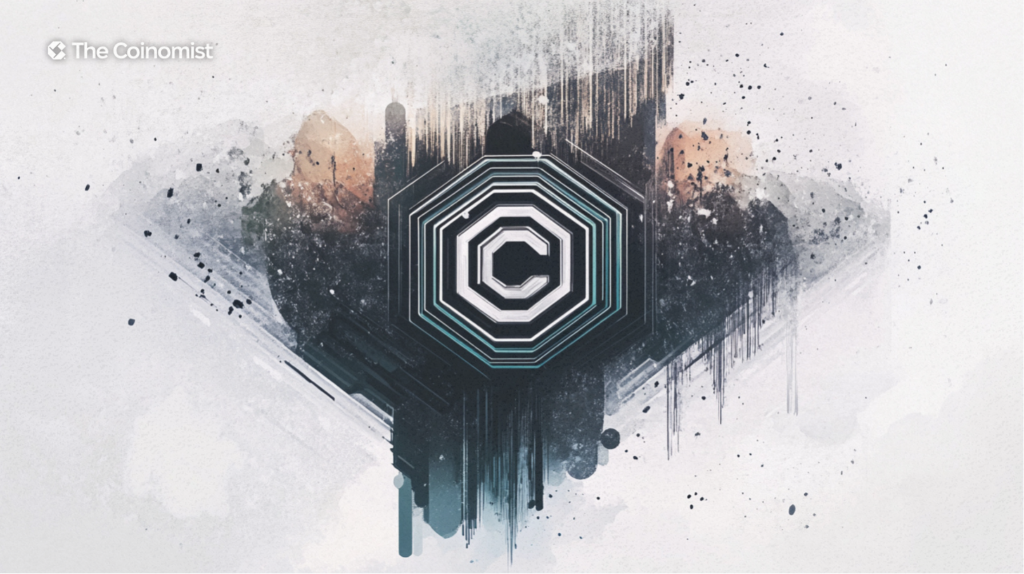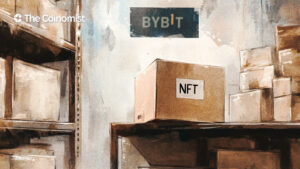70 Billion CRO Back in Play? Crypto․com Seeks to Reverse Token Burn

Crypto․com is considering reissuing 70 billion CRO tokens, originally burned in 2021, a move that has stirred controversy within the community.
On this page
Seeking to redefine the rules of the crypto market, Cronos, the blockchain project tied to Crypto․com, has proposed restoring all previously burned tokens. These tokens were originally removed in a large-scale burn that reduced the total supply from 100 billion to 30 billion. As part of the plan, the project also aims to establish the Cronos Strategic Reserve, with the recovered tokens set to be gradually unlocked over five years.
With CRO currently priced at $0.08, the value of the potential token reissuance is estimated at $5 billion. According to the developers, this initiative is designed to strengthen Cronos’ presence in the U.S., expand its ecosystem, and explore the possibility of launching a CRO-based exchange-traded fund (ETF). They argue that increasing the token supply could attract millions of new users and improve access to institutional liquidity pools.
Community Reaction
The proposal faced strong opposition, as many users see the previous CRO token burn as a fundamental part of the project’s identity. Restoring the burned supply is widely viewed as a betrayal of its original principles. Current voting results indicate that 87% are against the initiative, while only 4.56% support it, with the rest abstaining. This reflects a clear divide between those who favor keeping the reduced supply and those open to change.
The official vote runs until March 17, but discussions across social media have already sparked heated debates, with a mix of negative reactions and constructive criticism.
For example, a Cronos ecosystem participant known as LEGiON pointed out that token burning has always been a key commitment by the team to controlling inflation. Abandoning this principle, he argued, could undermine investor confidence and impact future investment in the project.
Yes, the Cronos ecosystem has bold ambitions… AI Agents, ETFs, institutional adoption and so on but flooding the market with tokens locked up for another 5 years doesn’t align with the vision. We want a lean, efficient tokenomics model that prioritizes burns to drive value, not a bloated supply dressed up as ‘strategy,'
LEGiON stated.
Prospects Analysis
On one hand, increasing the token supply could provide additional resources for investments, supporting new projects, and attracting institutional players. On the other hand, it introduces risks of high inflation and potential devaluation of CRO, which could negatively impact trust among both retail and institutional investors. Historically, a scarcity-based token model has been a crucial element for the success of nearly every crypto project.
Related: Crypto.com to Delist USDT and Several Other Tokens in Europe
Another critical issue is the lack of clarity on how the recovered tokens will be distributed. Several key questions remain unanswered: Who will receive these newly issued assets? In what proportions? What criteria will be used to select recipients?
Some analysts argue that without a clear token distribution plan and mechanisms to prevent rapid liquidation, even the most ambitious goals of the project could lead to chaos and a decline in market capitalization.
At the same time, the cryptocurrency market is increasingly shifting its focus toward institutional investors and global trends, requiring crypto exchanges to strike a balance between innovation and maintaining user trust. However, this doesn’t mean that any major transformation of the project can be carried out without careful analysis and consideration of market participants’ interests.
Related: Super Bowl Bets Under Fire: CFTC Probes Kalshi and Crypto.com
The content on The Coinomist is for informational purposes only and should not be interpreted as financial advice. While we strive to provide accurate and up-to-date information, we do not guarantee the accuracy, completeness, or reliability of any content. Neither we accept liability for any errors or omissions in the information provided or for any financial losses incurred as a result of relying on this information. Actions based on this content are at your own risk. Always do your own research and consult a professional. See our Terms, Privacy Policy, and Disclaimers for more details.
























